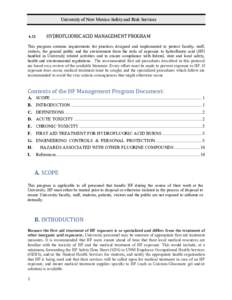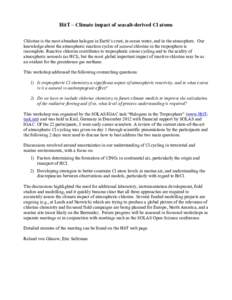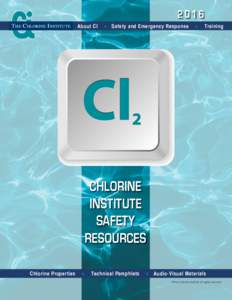<--- Back to Details
| First Page | Document Content | |
|---|---|---|
 Date: 2005-10-25 10:16:30Chlorine Hydrogen chloride Hydrochloric acid Vinyl chloride Iron(III) chloride Sodium bisulfate Chlorination Chloromethane Hydrochloric acid regeneration Chemistry Chlorides Organochlorides |
Add to Reading List |
 AP-42, CH 8.6: Hydrochloric Acid
AP-42, CH 8.6: Hydrochloric Acid



